An area rug not only brings a room together but also helps to connect the living space and its decor together. Every rug has a distinct style that may immediately draw attention to certain features of a home’s interior or exterior, if not become the focal point of the space itself. Traditionally, area rugs were produced by hand, but technological advancements have made it possible to manufacture rugs with the help of machines.
Furthermore, there is a diverse variety of materials available for rug production today, ranging from long-lasting synthetic materials to high-quality handloom wool. The durability, appearance, and feel of a rug are all affected by the quality of the material used to make it, which in turn has an impact on its function.
The natural material used in making rugs
1. Wool
Wool is a natural fabric that has long been a popular option for carpeting. Being robust and resilient, it is an excellent option for high-traffic areas as well as households with children and animals. It is also simple to clean a wool carpet, which is another reason why it is excellent for families with children who are always on the go. If you select Contemporary Wool Rugs, be aware that it is readily damaged by chlorine bleach, so use care while cleaning or transporting cleaning chemicals over your rugs.
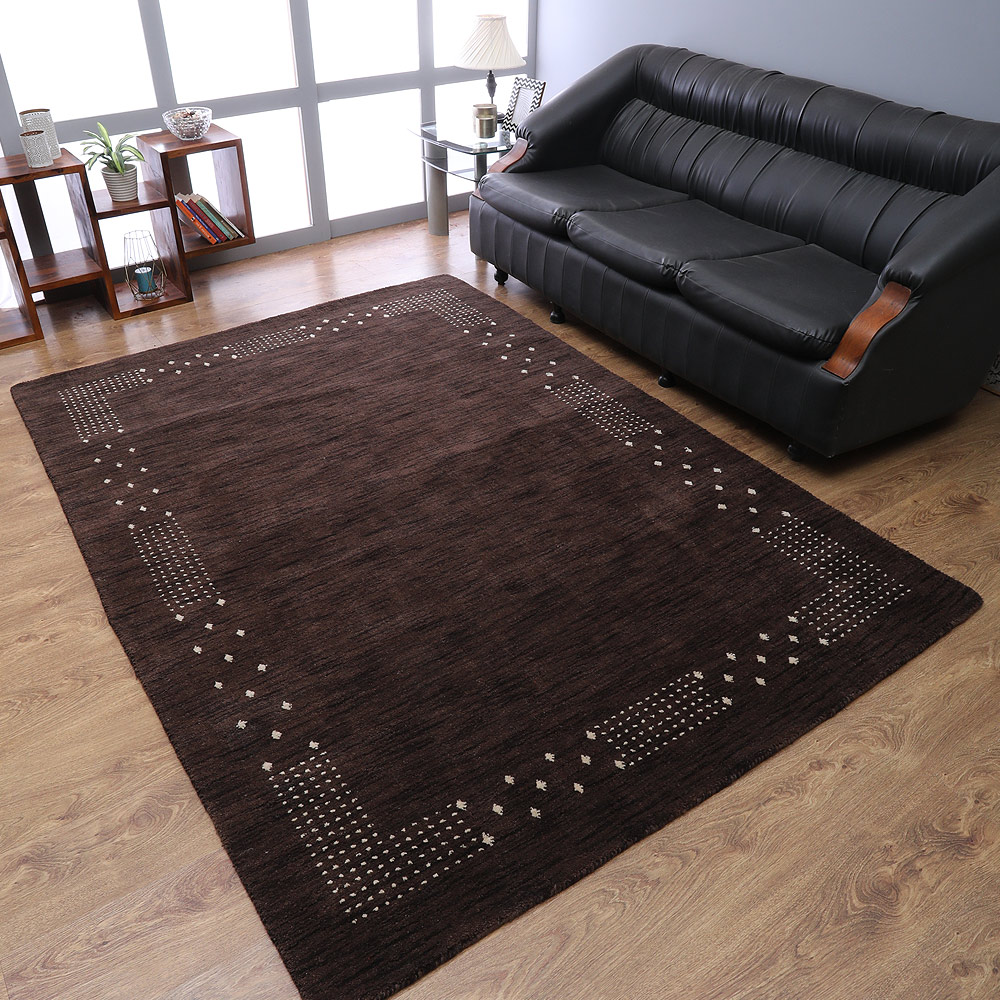
2. Nylon
If you are searching for a carpeting material that is both durable and adaptable, nylon may be the perfect option for you. Abrasion resistance and the ability to bounce back to its original form after being squeezed over extended periods of time distinguish nylon from other synthetic fibres. If you decide to rearrange your furniture, you can be certain that a nylon carpet will not reveal any evidence of the prior furniture positioning markings. Many different colours and textures are available to match your home’s interior design scheme.
3. Olefin
Olefin is a synthetic fabric that may be used to create carpets and other similar products. Olefin carpet does not fade quickly, and it takes a lot of staining to ruin an olefin carpet. Olefin is also almost resistant to the effects of a wide range of substances, including bleach. However, unlike nylon, olefin lacks a certain amount of resilience, which means it will not readily return to its former shape.
4. Viscose
Viscose is a synthetic fabric that mimics silk and is made from natural materials such as cotton or cellulose. It is used to make clothing and other items. Because of its high degree of flexibility, this material has a prominent position among synthetic fibres. Because of its properties, it is often used in carpet-making to enhance the intricacies and give the rug a lovely sheen while improving the overall appearance.
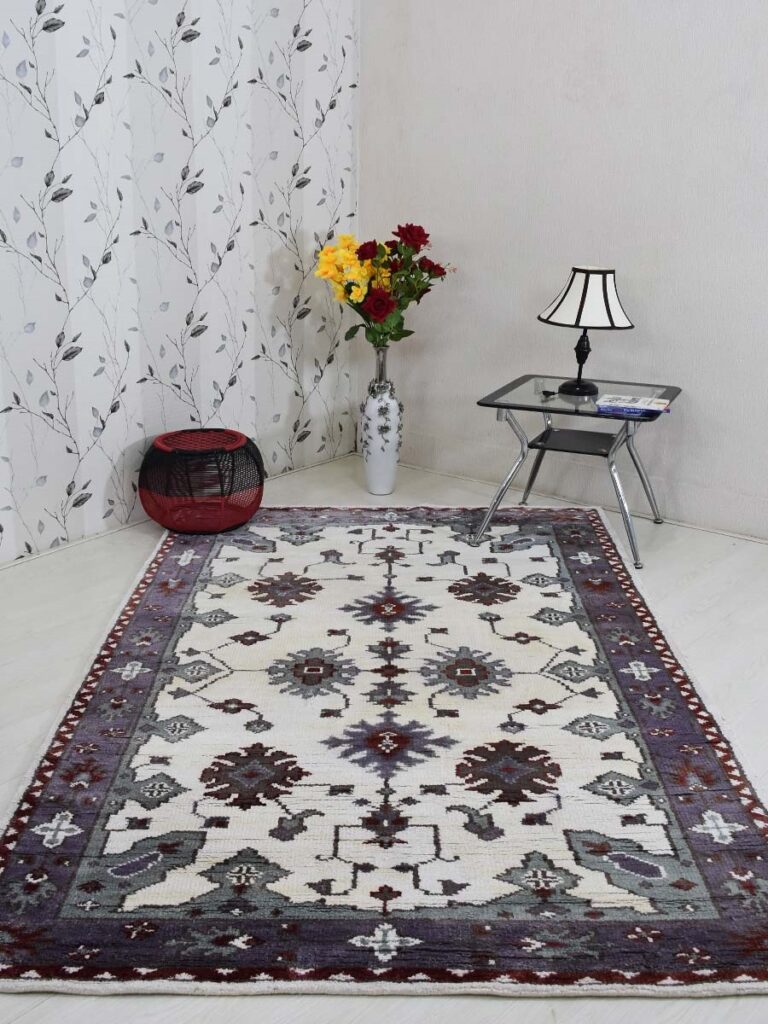
5. Cotton
Cotton is a textile fabric that is derived from cotton plant fibres. It is a textile material that is durable and simple to clean, and it is often used in the production of clothes and other textile products, among other things. Cotton, for example, is much more durable than jute, which is used in a huge number of rugs.
6. Chenille
Chenille yarn may be made from a variety of materials, including cotton, rayon, and acrylic, and is created by twisting a wire around a thicker thread. Chenille yarn is available in a variety of colours and patterns. Torque causes the thread to thicken and soften, and it also creates fascinating patterns in relief as a result of thread fibres emerging from twisted threads. Along with viscose, it is often utilised in the production of Machine-Woven Rugs.
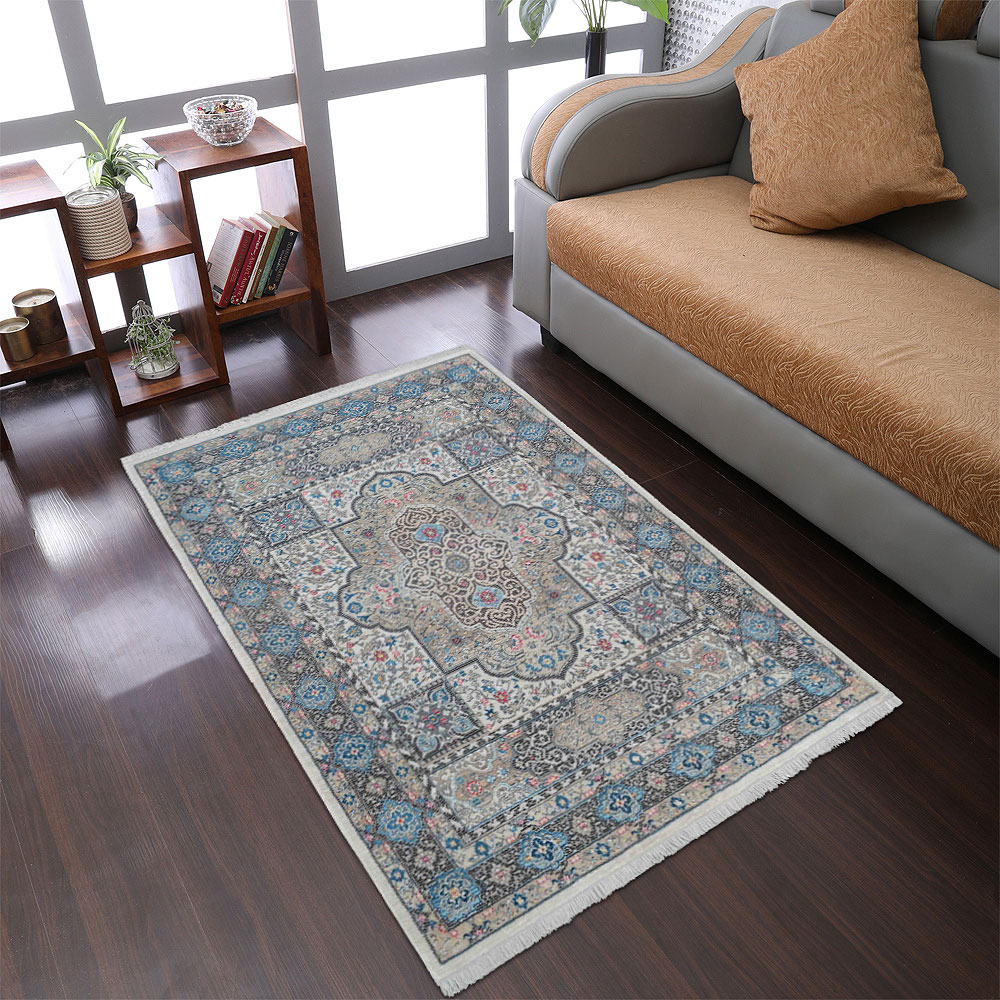
7. Jute
Jute is a subtropical plant that may be found in locations like India, China, and Thailand, among other places. The plant’s stems are used to make jute, which is a fibre. Because jute fibres are often short, it is difficult to spin them into yarn for weaving. The length of jute required for weaving may be achieved by incorporating lubricant into the fibre. In comparison to cotton, which is more flexible, this product is very inexpensive to manufacture and is utilised in many strands of warp for knitting machines used to weave rugs, which results in a somewhat stiffer rug, rather than a more flexible one.
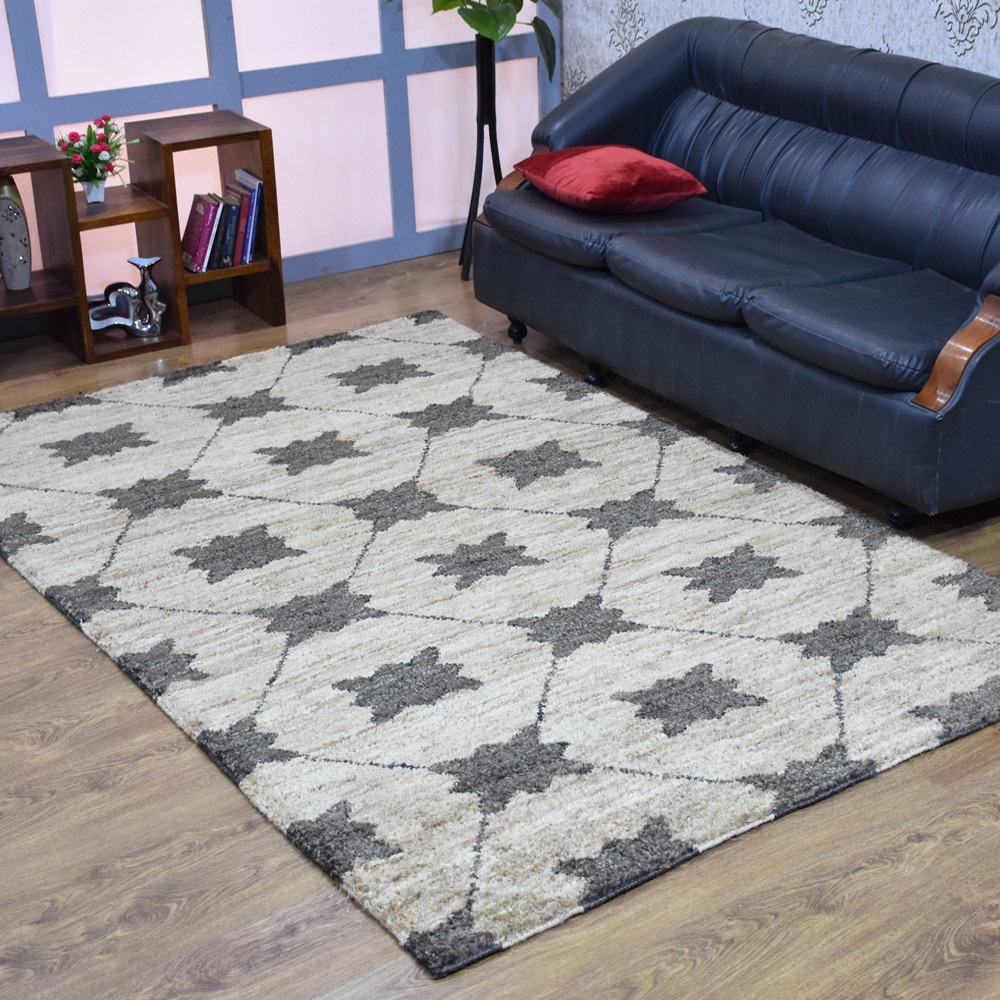
8. Polypropylene
Polypropylene is a synthetic fibre that has a minimal environmental effect due to its manufacturing process. This material is very resistant to usage and heat, yet it is quite sensitive to cold temperatures. Synthetic wool rugs are extremely cheap, and they are appropriate for individuals who are sensitive to natural fibres since they are made from synthetic wool. This material does not shed fibres and is very simple to clean as a result. Due to the properties of this fibre, it is often employed in the production of Machine-Made Rugs.
9. Polyester
In addition to cotton and linen, polyester is a cost-effective alternative that offers excellent resilience, dye response, gloss, wear and fade resistance, comfort and non-allergenic characteristics, as well as water and stain resistance, simplicity of cleaning and mothproof qualities. The combination of all of these characteristics, as well as the fact that polyester is less expensive than wool and nylon, makes it a popular option for rugs, particularly Shaggy Rugs.
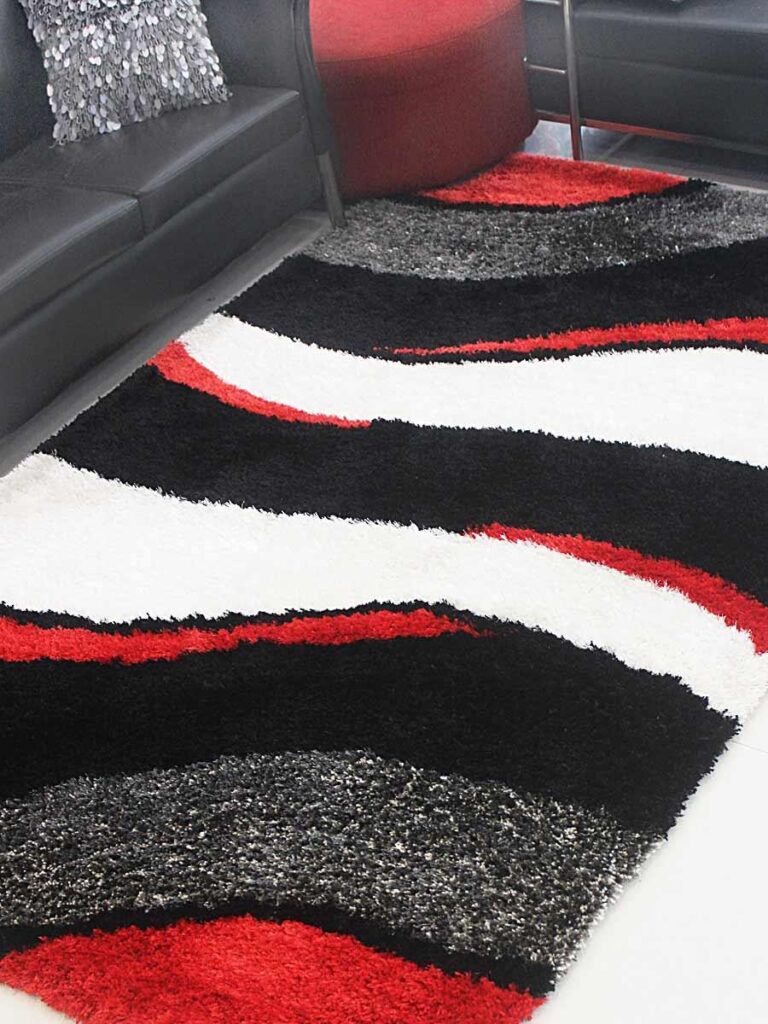
10. Leather
Soft, resilient, and simple to clean, leather rugs are often stain-resistant and very modest in size, making them easy to handle and maintain. Leather carpets have been in use for hundreds of years and have a distinctive appearance and texture. Brush away the stains with a little amount of water to keep these visual treats looking their best.
Conclusion
Begin from the very beginning of your home’s design process if you want to give it a fresh lease of life. Although your floors may be under your feet, they should not be out of your mind. Installing new rug carpets can allow you to completely transform the appearance of your house without having to undertake a full makeover.
